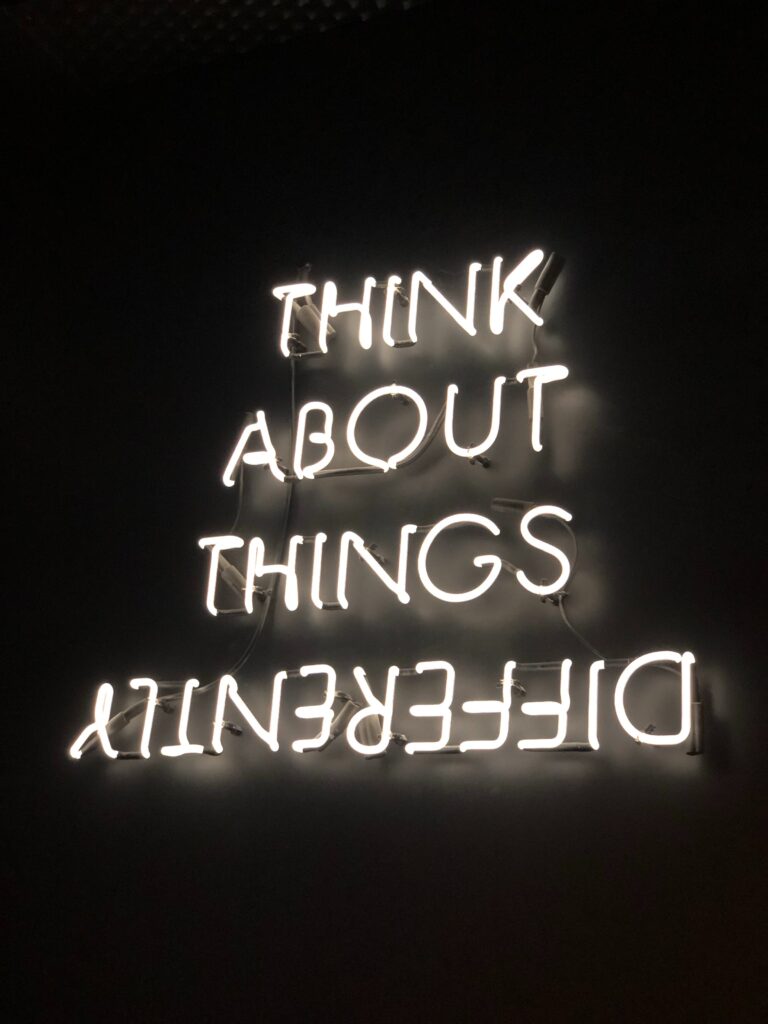Belonging
One day, during my work in The Commons, our effervescent and eternally helpful communication and events specialist, Kathy Leung asked me if I ever stop thinking about inclusion. And the answer is probably no, never. There are a bunch of reasons for that. Some are private, some public, and many political. I thought I’d share them in this newsletter because I’ve seen so many amazing examples of inclusion at KPU and we could all use a good news story right about now.
First things first. The very existence of the concept of inclusion is grounded in opposition between belonging inside the group and belonging outside the group. You can pick one and it can be a matter of degree, but you will feel one and sometimes acutely so. I started my life in 1970s Scarborough, Ontario, which was richly diverse. When I was 8 my parents made the move a little ways north but a galaxy away to Markham where I was the kid with the weird, unpronounceable name, whose family ate cabbage rolls by the gallon (before President’s Choice got wind of the whole affair), who didn’t have the right clothes (like, at ALL), spoke too earnestly at the tennis club, and whose mother worked. I did not fit in.
I spent high school (blissfully, back in) a richly diverse Catholic school where our religious studies teacher wielded community and belonging like a scythe. Anyone being mean to anyone else? Who is feeling lost? Murmurings of racism? She didn’t care whether we were poor or came from money, had weird names, had babies at 16, drove a BMW to school, questioned our faith or all faith – YOU ARE A COMMUNITY AND YOU BELONG WITH EACH OTHER. Relentless. Possibly an angel. She was the first living example I had of how profoundly a teacher can make you feel at home.
Three days before I started university I was diagnosed with what was then a life-threatening heart condition. Medication was started, and the side effects set in. But oddly, I felt more of a sense of belonging than I ever had. I learned I was a good writer, and my courses were magnificent. I got to think about nihilism and the Cloak of Competence, my new favourite book became Germinal, and I had really interesting friends. I learned that I could largely disguise my disability and thus step in and out of belonging. When I had to visit the emergency room, I was an alien. When I was walking to class or dancing getting ready to go out Thursday night, I felt alive and not at all like an alien. I learned about niche-finding, the social construction of disability, and image management, although it would be about ten years before I would learn that what I was doing was managing a life of feeling like an alien in some contexts and not others. This is how I learned that identity and inclusion are context-driven.
When I started teaching and researching students with learning disabilities, I learned that feeling alien was an identity they could never escape. Disguise could be an option at baseball practice, playing piano, or being at Grandma’s house but school comes first and according to the psychoeducational assessment, you’re going to have to work much harder and see a tutor and do three hours of homework. For many kids, I watched the anxiety grow, being an outsider become more and more acute, having more and more difficulty relating. Hiding under tables, loathing school, being assessed, being measured, and finally labelled. One boy growled at me and then began to cry. Another one explicitly forbade me to ever utter the word “autism” in his presence. Some students are outside the window looking in, others refuse to look in, and still others deny that there could be windows at all.
When these same students arrive in post-secondary, they expect to lather-rinse-repeat. As instructors, you have the ability to change this narrative, to shape a context to support belonging, and I have seen many do so. Those are the best moments. Those are the moments when I wish we weren’t bound by confidentiality because I would love to be able to email faculty and say that I heard you made a heart smile, that I know you put some fears to rest, and that you made someone believe that there could be a good life, in fact.
So yes, I think about inclusion a lot, partly because I know what it feels like to be an outsider, more because I know that the pain of being left out is avoidable. At times we all feel like outsiders and this can be a compass to inclusion. Through pedagogy we have the chance to overcome insider/outsider and move to the fullest expression of our shared humanity. I know accommodations can be challenging and that some students aren’t cut out for certain activities, and we all have to grow up and mature and write exams, fail, and try again. In the last four months we have had to move online and it is really hard and can feel really discouraging. Those are the details. They can be worked out. They can. And they have nothing to do with belonging. Because belonging sounds like:
It’s so nice to meet you.
How are you finding the class?
How is your family? It must be hard being away from them – are they well?
Reach out to me if you’re having trouble – we can find a solution.
What would you like to take away from this class?
Do you have questions I can help you answer?
What does this mean to you?
I’m not sure what to say, but we can figure it out together.
Inclusion and belonging mean that everything can be going down the tubes but we stick together. It means that we matter as people, all making meaning, with our hearts, and our minds, and our souls. I guarantee that you have students in your classes who are in disguise. And if they are not in disguise they are wishing more than anything in the world that they could be. They and you are trapped in a structure where you have to choose ingrouping or outgrouping, insider or outsider.
Choose neither.
Belong to each other as learners.
Seanna has worked with children, teens, and young adults with learning difficulties from the earliest stages of her career. She holds a PhD in Educational Psychology from SFU where she studied reading comprehension and more broadly, variation in language acquisition and literacy processes. Seanna was an instructor in post-secondary for ten years, teaching courses on instructional psychology, reading, and learning disabilities. Her interest in Universal Design for Learning is contemporaneous with her investigation of learning differences: what differences exist, are those differences meaningful, and how can we ameliorate those differences through strong teaching and curriculum design practices? Combined with her role in Accessibility Services at KPU, Seanna is excited to work on both sides of the fence supporting both students and instructors in equitable educational access for all.


